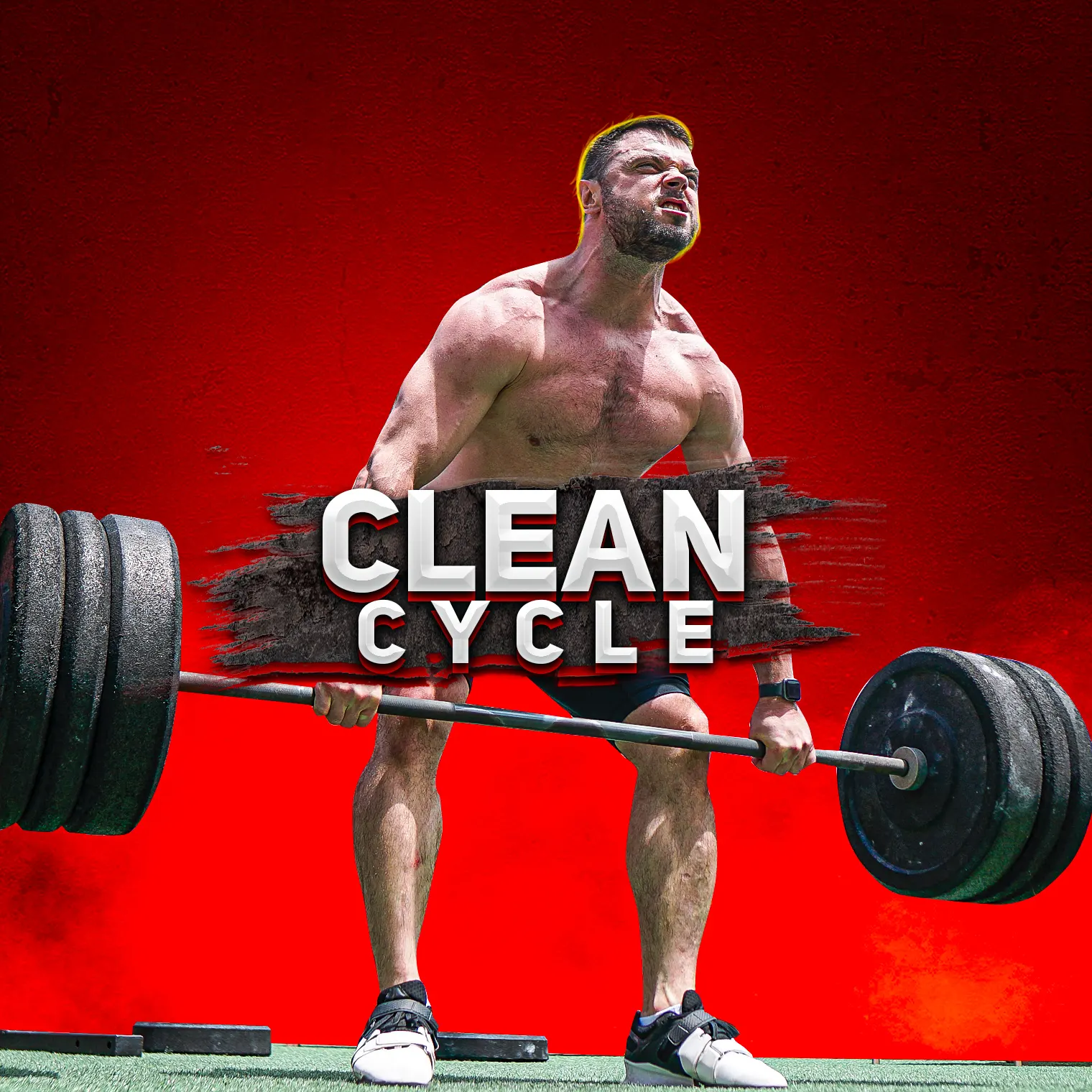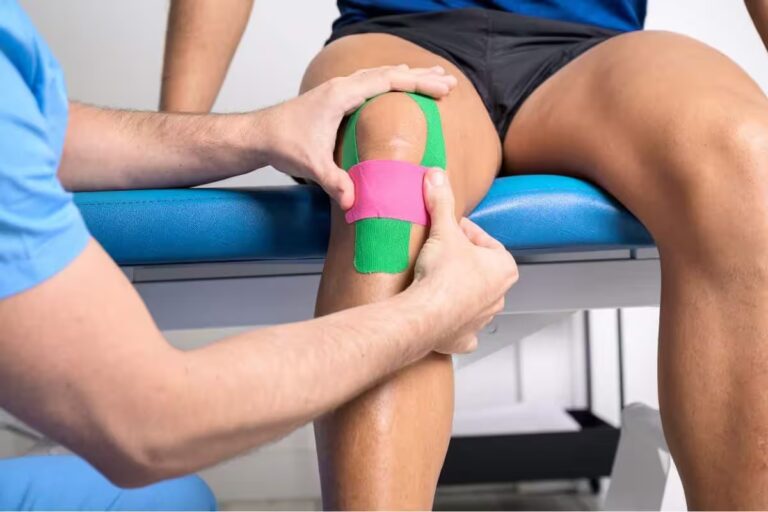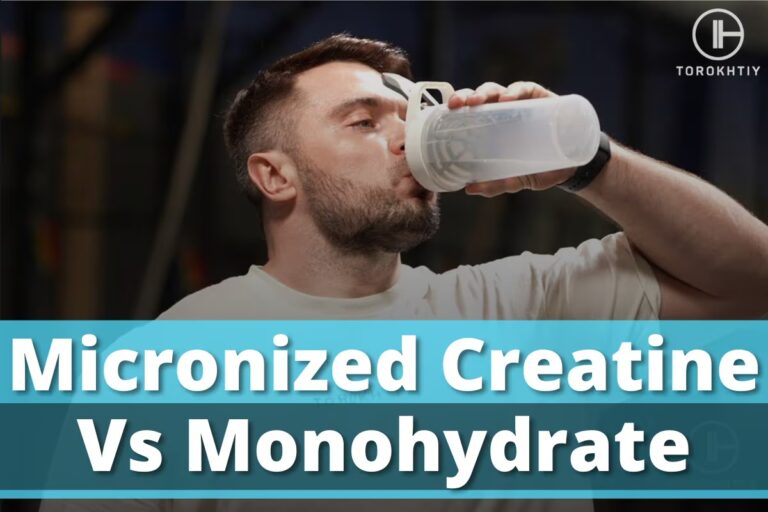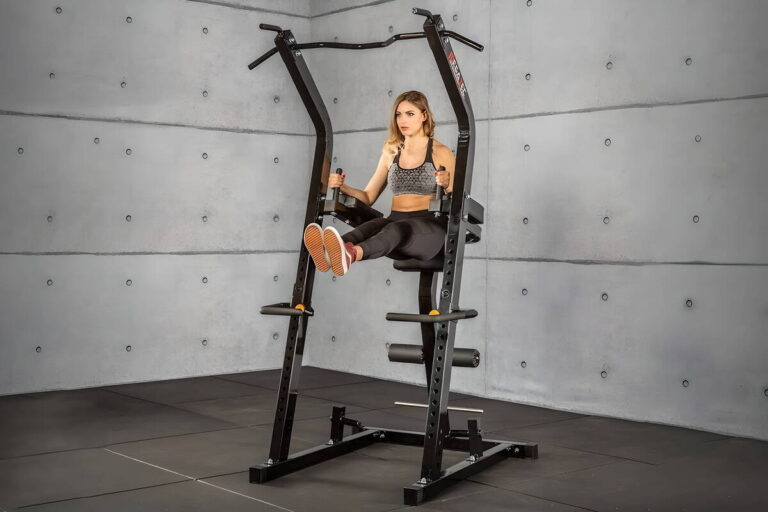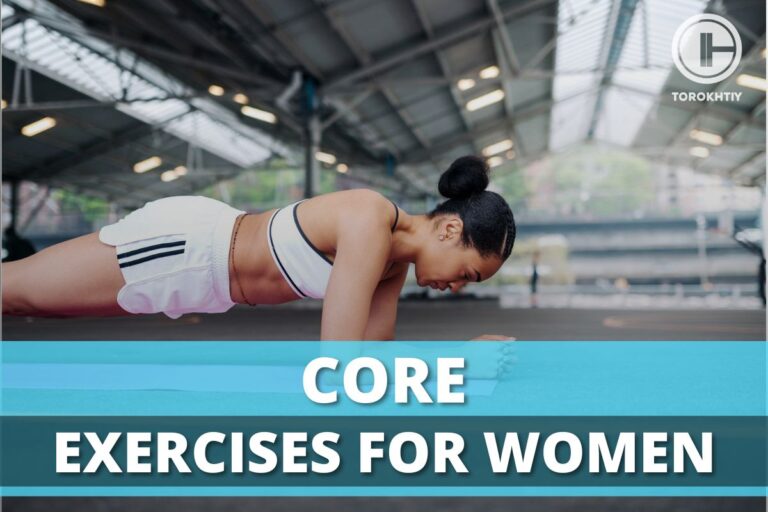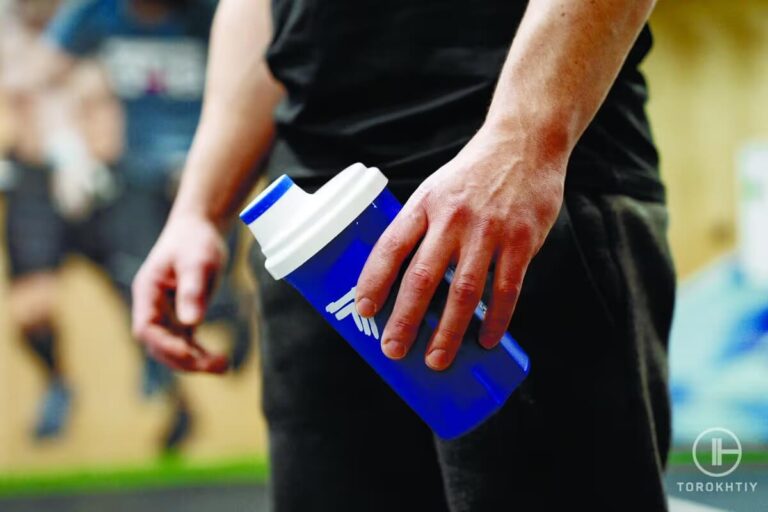Power Clean vs Deadlift: A Complete Guide
The power clean vs deadlift debate is a hot and divisive one. In this article, we compare these two incredible drills. We explore the major differences between them, and discuss their pros and cons so you know exactly which one is best for you.
So which one is better for you? Which of them will help you achieve those lofty fitness goals? Let’s find out!
Power cleans are awesome if you’re involved in a sport that requires speed. They focus on training you to be fast and precise despite the weight. Deadlifts are your go-to if you’re after raw strength and power. You train your body to stay in control while lifting heavy weights.
Now let’s get into the thick of it. To really get the gist of it, we need to start at the beginning.
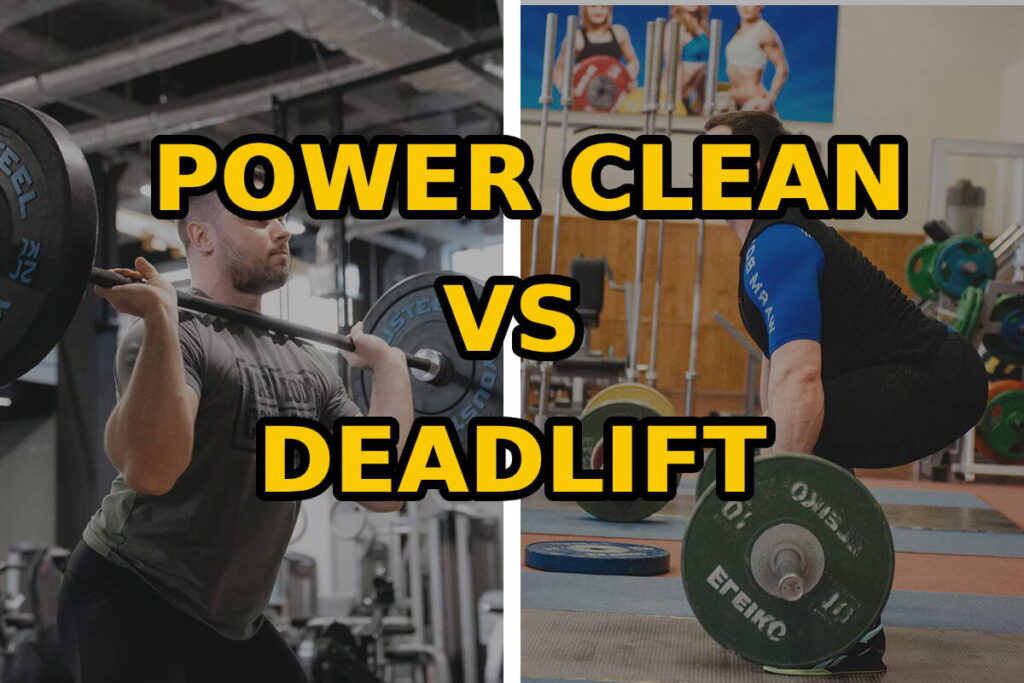
What Is A Power Clean?
A power clean is a full body movement that targets muscles from your upper back all the way to your feet. The power clean is an Olympic weightlifting auxiliary exercise that will enhance not only muscle power, but acceleration too.
It starts with you bending over a barbell with your feet spread apart underneath it. This is called the starting position. Once ready, lift the barbell to your lower stomach. This part of a power clean is similar to a deadlift and is called the pull.
You must then build momentum with your legs and pull the barbell up and turn over in one sudden, explosive move and place it on your shoulder. Balance the barbell on your shoulder, then drop it to the floor and go again.
The power clean builds athleticism by making you lift heavy weights and move them as fast as possible with controlled precision.
Sounds impressive, I know, but let’s look at some pros and cons.
Pros And Cons Of Power Cleans
Positives:
Could be better:
How to Do a Power Clean?
It’s advisable to get professional help from a coach, but if there’s none, these are the basic steps:
- Place your loaded barbell on the floor.
- Stand with your toes beneath the bar and spread your feet about as wide as your shoulder.
- Reach down and grab the bar with an overhand, shoulder-width grip.
- With straight arms, lower your hips, arch your chest, and brace and fill your core with a deep breath.
- Lift the barbell slowly towards your midsection.
- As the bar reaches your thighs, generate momentum and pull the bar up while turning over your hands. This is called the power position phase.
- As the bar nears your chest, bend your knees slightly and turn your hands over so that you are now holding the bar upwards.
- Catch the bar on your shoulders, just below your face.
- Stabilize yourself, then up straight.
- Roll the bar forward and off your shoulders and throw it back to the floor.
- Rinse and repeat.
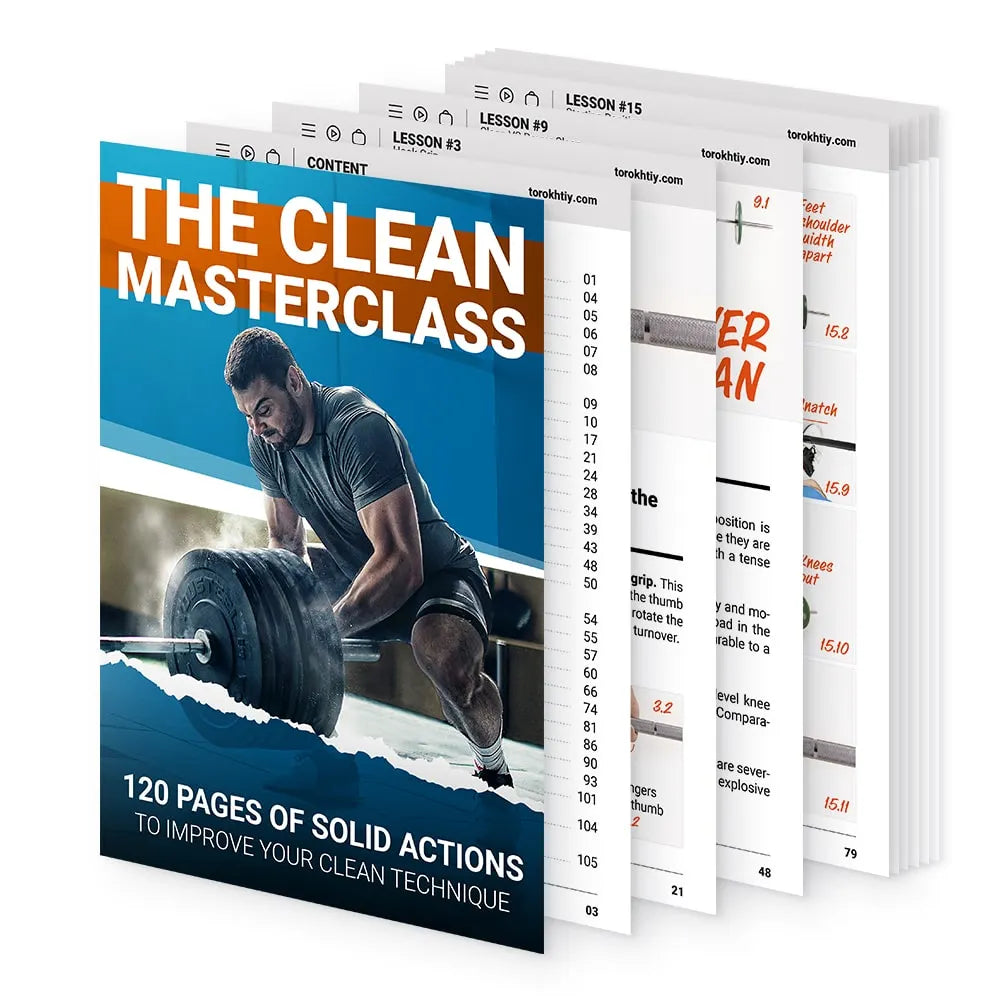
THE OLYMPIC CLEAN MASTERCLASS
What Is a Deadlift?
Like the power clean, the deadlift is a full body exercise that targets muscles from your back down to your legs. Unlike the power clean, it has no concern for speed. The deadlift builds the purest, raw muscle power. It’s also one of the best strength-training exercises for overall strength and weight loss.
The deadlift starts with a loaded barbell at rest on the floor. You must then bend over and pick it up and rise slowly until you’re standing upright with the barbell in your outstretched arms. You must then slowly return the barbell to its resting position on the floor.
The deadlift demands you lift the heaviest of weights and return them to the floor, all while maintaining perfect control. It builds your muscle mass for maximum strength.
Don’t put your money on a winner for our deadlift vs power clean debate yet. Here are some pros and cons…
Pros And Cons Of The Deadlift
Positives:
Could be better:
How To Do A Deadlift?
A deadlift is nowhere near as complex as a power clean. That said, you could hurt yourself if you get it wrong. Here are the basic steps:
- Place your legs underneath a load barbell
- Bend over and grip the barbell tightly. Arch your hips backwards until you feel some tension in your hamstring
- Use the momentum from your feet and hips to pull the barbell up slowly
- Continue pulling until you’re standing upright with your arms outstretched
- Slowly lower the barbell back to its original position
- Rinse and repeat
🔻CLEAN CYCLE Program
Crush Your CLEAN PR in 5 Weeks! 🏋️
🔥Achieve:
- New CLEAN Records.
- Master CLEAN variations.
- Focus on back and leg strength.
- Specific skills and drills for your CLEAN.
Highlights:
- ✅ 5 Days / Week
- ✅ Varied Lifts
- ✅ Strength & Technique
- ✅ Healthy Warm-Ups
Elevate your CLEAN game today! 💥
Deadlift vs Power Clean: Head to Head
A deadlift vs power clean head to head comparison will help bring out exactly what both drills offer you. They’re both incredible drills, but which one is for you?
1. Complexity
Let’s start here. If you don’t know how to do a deadlift, you have no business with a power clean. Deadlifts are easier to learn and form the first phase of power cleans. Start there.
If you’re an accomplished deadlifter looking to try something new, power cleans just might be for you. Even then, however, you’ll need professional help to get going.
Deadlifts take this category because they’re so much easier to do.
2. Muscle And Strength Building
Deadlifts make you lift heavier weights slowly and in total control. This builds your muscle mass and raw power more than power cleans. Power cleans make you create explosive movement while lifting heavy weights. This builds your muscle for powerful acceleration and athleticism.
If you want to improve your explosive strength, power cleans will do a better job; but deadlifts are unrivaled for building bigger muscles and more strength. Deadlifts take this one.
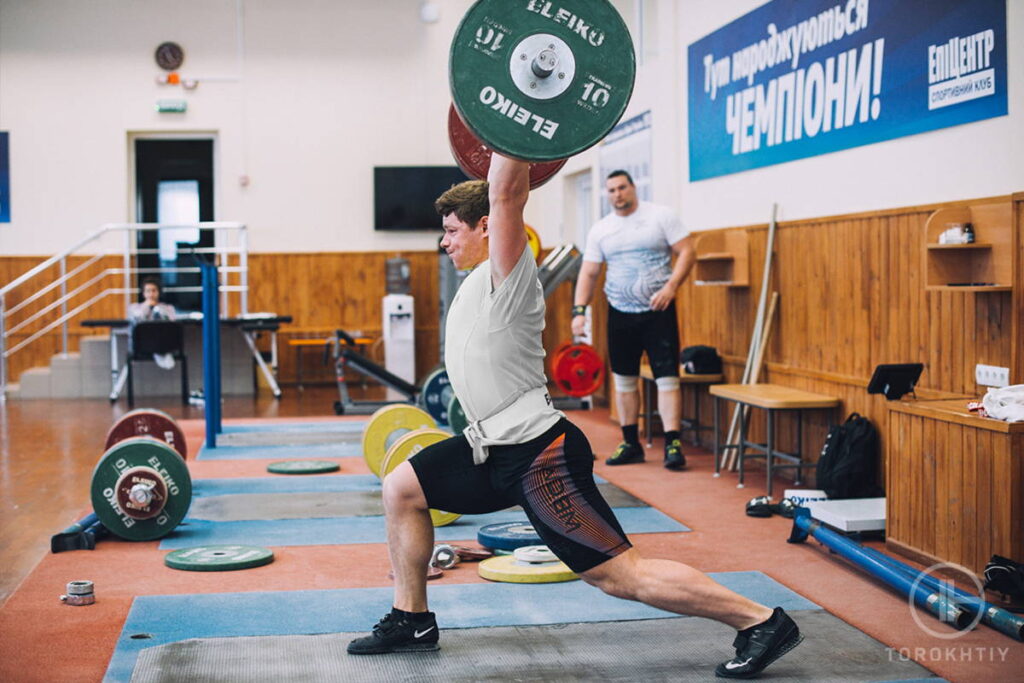
3. Athleticism
There’s no power clean vs deadlift here, it’s rather hang clean vs power clean. Clean drills focus on building explosive strength so they are amazing for improving athleticism. Deadlifts are quite effective too, but nowhere near power cleans.
Power cleans will increase your speed, the length of your throw, and even the power in a shot.
4. Safety
Both drills are quite safe when done properly. Once mastered, you can practice either drill without needing a rack or a spotter.
That said, power cleans are more technical and complex than deadlifts so there’s a slightly higher chance of injury or muscle strain.
5. Muscle Control
Deadlifts focus more on keeping you in charge no matter how heavy the weight, while power cleans focus on keeping you in charge no matter how fast the move.
The power clean takes this category because the movement required allows you to develop higher muscle coordination. It helps you control weight and speed, whereas the deadlift only focuses on weight.
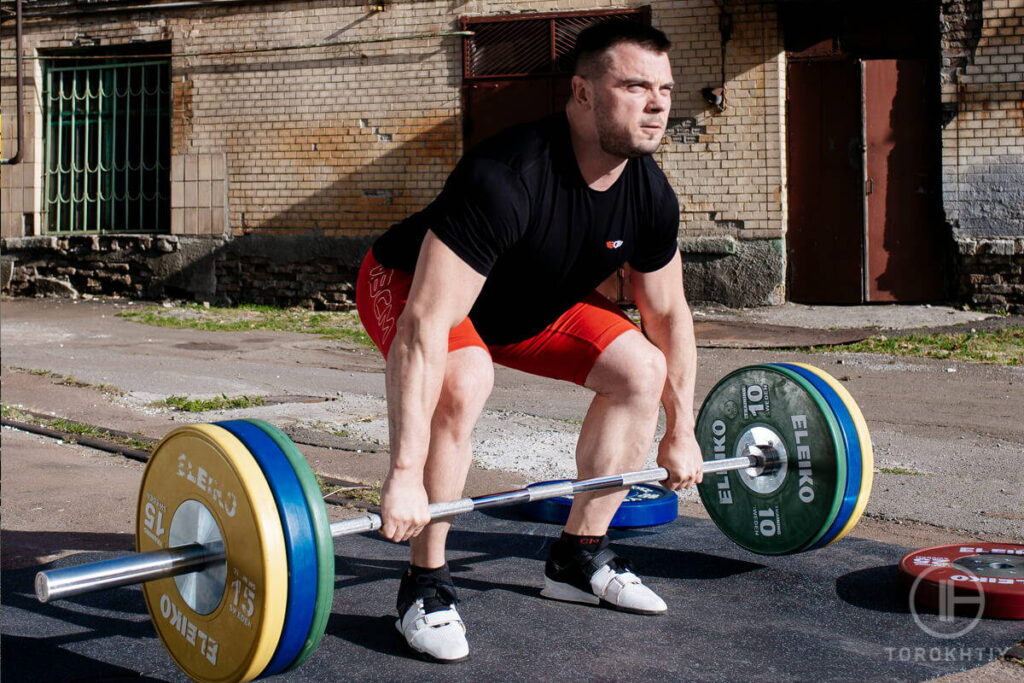
FAQ
Do Power Cleans Help Deadlift?
First of all, remember that you must master the deadlift before trying out the power clean. The deadlift is much easier to learn, and is only the first part of the power clean move.
That said, deadlifts usually involve much heavier weights than power cleans. Some experienced lifters start with power cleans, then switch to deadlifts as the weights get heavier.
Yes, power cleans can help with deadlifts.
Are Power Cleans Good for Powerlifters?
Power cleans are amazing drills to build explosive strength. That said, they’re not popular among powerlifters because there are other drills better suited to powerlifting.
Deadlifts are much better for powerlifters. Squats, bench presses and full cleans are also perfect if you’re looking for something different.
Are Power Cleans Better Than Deadlifts?
Power cleans will serve you better if you want to build explosive strength while maintaining controlled precision. This added athleticism is awesome in sports like basketball, football, and boxing, among others.
Deadlifts are all you need if you want to build raw, brute strength. No other workout will give you the extra muscle mass and strength that deadlifts give.
Conclusion
There are no definite answers to debates like deadlift vs power clean or hang clean vs deadlift. We all have different bodies and different targets so we each have different needs.
Power cleans will work wonders for building your explosive power and coordination while deadlifts will build you extra muscle mass and raw strength. Which one you pick will depend on you.
Now it’s your turn! Are you team deadlift or power clean? What are your fitness goals with either one? Did I miss anything important? Talk to me in the comments!
Also read:
References:
- Exercise and Weight Loss // Healthline: https://www.healthline.com/health/exercise-and-weight-loss
- Deadlift // Torokhtiy: https://torokhtiy.com/pages/deadlift-2
Why Trust Us?
With over 20 years in Olympic Weightlifting, our team does its best to provide the audience with ultimate support and meet the needs and requirements of advanced athletes and professional lifters, as well as people who strive to open new opportunities and develop their physical capabilities with us.
By trusting the recommendations of our certified experts in coaching, nutrition, dietology, and sports training programming, as well as scientific consultants, and physiotherapists, we provide you with thorough, well-considered, and scientifically proven content. All the information given in the articles concerning workout programming, separate exercises, and athletic performance, in general, is based on verified data. We ensure that you can rely on our professionals’ pieces of advice and recommendations that can be treated as personalized ones which will benefit you and fully meet your needs.
The product testing process is described in more detail here
Author: Sergii Putsov
Head of Sport Science, PhD
Best Results: Snatch – 165 kg,
C&J – 200 kg
Sergii Putsov, Ph.D., is a former professional weightlifter and National team member, achieving multiple medals in the 94 kg weight category at national competitions. With a Master’s degree in “Olympic & Professional Sport Training” and a Sport Science Ph.D. from the International Olympic Academy, Greece, Sergii now leads as the Head of Sport Science. He specializes in designing training programs, writing insightful blog articles, providing live commentary at international weightlifting events, and conducting educational seminars worldwide alongside Olympic weightlifting expert Oleksiy Torokhtiy.

